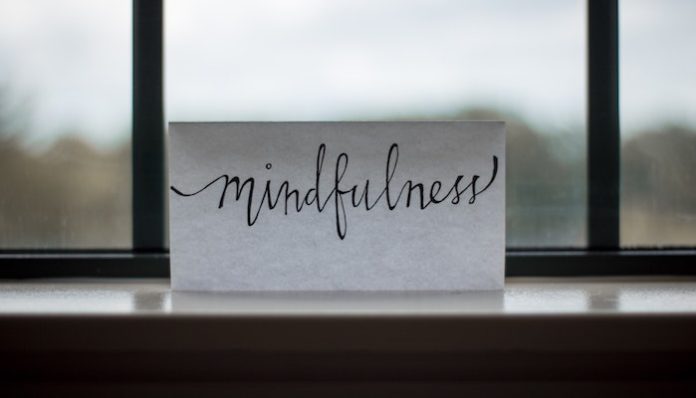
I would definitely describe myself as spiritual. For me, being spiritual means that I believe in something greater than myself, some greater will or being. I studied Theology in college, and I have always found religion and its history fascinating. More recently, though, I find myself interested in Buddhist practice. I mostly feel drawn to Buddhism for the meditation practice, the pursuit of happiness, and the focus on gratitude.
With this in mind, and lockdown well under way, a couple of my like-minded friends and I took a week-long online buddhist course called “Seven Steps to Enlightenment.” Here’s what I learned about Buddhism through this online course:
1. Meditation is like a sport.
A huge part of Buddhism is the art of meditation. After all, Buddha reached enlightenment through meditation. The truth is, though, meditation can be difficult. Sitting still for 20 minutes, focusing on your breath, and noticing when your mind wanders is not an easy skill to master. But as I continued with the course, I noticed that meditation became a little easier each day, and its impact became greater. As one of the teachers said, “Meditation is like a sport. When you train your mind, it becomes easier.” This truly is the case. While I have meditated on and off for years, when I finally made the commitment to several meditations a day, the whole process became a lot easier and more rewarding.
2. There are two main types of meditation.
The more common type of meditation, and the one that I had practiced most often before this class, is the mindfulness of breathing. Through this process, you focus on your breath and use different counting methods and focal points to help you notice when your mind wanders. Meditation is not about stopping thoughts; it is about noticing when your thoughts have lost focus. In that moment of noticing, you are meditating.
The second meditation is metta meditation, which can be best described as mindfulness of breathing as a more insular practice. It’s true, in the mindfulness of breathing type of meditation, you go into yourself and focus solely on your breath. In metta meditation, though, you think about certain people in your life and wish them well. Many consider metta meditation a more emotional practice, and I certainly found it more challenging, but it does leave you with a warm fuzzy feeling afterwards that’s hard to beat.
3. Buddhism is accessible and practical.
Unlike other religions, there is not much to believe in or follow with Buddhist practice. There are no deities, and it steers clear of dogma. Therefore, Buddhism is actually fairly accessible to most people. It’s more of a code of behaviour than a strict religion. It focuses on developing human qualities like awareness, kindness, and wisdom through practical measures like meditation. It feels free of judgement, and has principles that are easy to understand.
Overall, this course on Buddhism gave me a more serious look into the religion and meditation. Since the course ended, I have meditated almost every day. In this very strange time, I find myself living more in the present moment. Meditation has helped me focus on this. And yet, there is still so much more to learn on the journey towards enlightenment, including self-discovery and much more meditation. My journey has only just begun, but I can’t wait to see where I end up!
Photo by Lesly Juarez on Unsplash



















Very nice